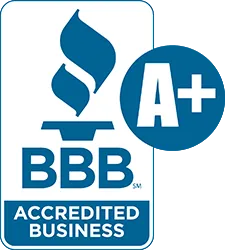
515.809.CASH

Jay Buys Houses
Jay Buys Houses, a community-focused, hometown Iowa business offering REAL solutions to REAL people's problems. In over 24 years, there's not a situation we haven't seen and solved.
No matter the CONDITION, LOCATION, PRICE or SITUATION, we're ready.